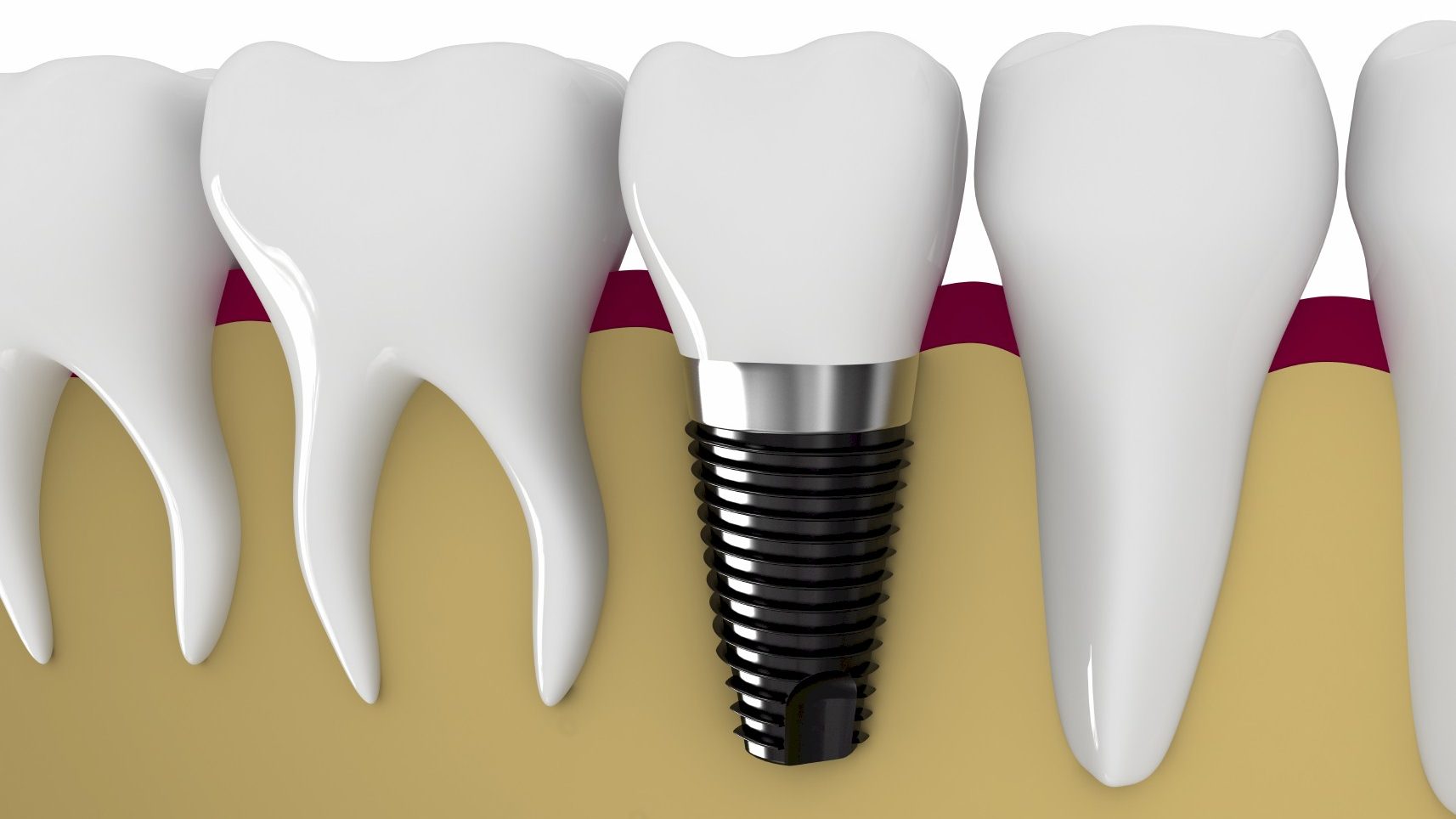The Evolution of Dental Implants in Melbourne

The city of Melbourne has witnessed significant advancements in the field of dentistry, with a particular surge in the area of dental implants. This remarkable city, known for its innovative and progressive approach to dental health, has embraced the evolution of dental implants with open arms. Over time, various materials and techniques have been introduced and refined, leading to an improved standard of care and a wider range of choices for patients. The journey of dental implants Melbourne presents an interesting narrative of growth, adaptation and refinement. The development of dental implants has progressively enhanced the quality of life for many individuals, offering a permanent solution for tooth loss that goes beyond mere aesthetics. This article explores the evolution of dental implants in Melbourne, delving into the materials and techniques that have shaped this dental revolution.
Understanding Dental Implants
Dental implants are essentially artificial tooth roots, typically made of titanium or ceramic, which provide a sturdy base for fixed (permanent) or removable replacement teeth. They are designed to mimic natural teeth in both function and appearance. The process involves a surgically positioned implant into the jawbone, which, once healed, can support a crown, bridge, or denture. One of the key advantages of dental implants is their ability to prevent bone loss, as they stimulate the bone in the same way a natural tooth root would. Over the years, the dental community in Melbourne has seen a surge in the demand for dental implants. This is largely due to the long-term benefits they offer, such as enhanced oral health, improved speech, and increased comfort. Dental implants in Melbourne have indeed transformed the landscape of restorative dentistry.
The Early Years of Dental Implants
In the early years, dental implants were a complex and invasive procedure, often requiring extensive surgery and prolonged recovery periods. This changed with the advent of titanium implants in the mid-20th century. Melbourne was quick to adopt this revolutionary technology, providing patients with a more reliable and less invasive alternative to traditional dentures. These early titanium implants paved the way for modern dentistry, sparking a wave of innovation and technological advancement. Despite the initial challenges, the dental community in Melbourne showed resilience and commitment to improving dental implantology, shaping a new era for restorative dentistry. The evolution of dental implants in Melbourne is a testament to the city’s pioneering spirit and commitment to advancing dental health.
Modern Developments in Dental Implants
In the realm of modern dentistry, dental implants have undergone significant changes, with Melbourne at the forefront of these developments. Advancements in material science, 3D imaging, and computer-aided design and manufacturing have enhanced the precision and efficiency of the procedure. For instance, the introduction of ceramic implants has offered an alternative to patients with metal allergies or aesthetic concerns. Furthermore, the use of 3D imaging and computer-guided implant surgery has increased precision, resulting in better placement and reduced recovery times. These modern developments in the field of dental implants Melbourne have transformed the way dentists approach tooth replacement, providing a more comfortable and reliable solution for patients. The constant strive for innovation in Melbourne’s dental community continues to raise the bar for implant dentistry.
Materials Used in Dental Implants
The evolution of dental implants in Melbourne has been greatly influenced by the materials used. Initially, dental implants were made from a variety of materials, including gold and alloys. However, the introduction of titanium revolutionised the industry due to its exceptional strength, lightweight nature, and biocompatibility. These properties allowed for a secure integration with the bone, enhancing stability and longevity. In recent years, ceramic, particularly zirconia, has gained popularity as a dental implant material. Its natural tooth-like aesthetics, combined with its hypoallergenic properties, have made it a sought-after choice for individuals seeking a more natural look or those with metal allergies. The diversity of materials available has played a significant role in the growth and success of dental implants Melbourne.
Techniques Employed for Dental Implants
The techniques employed in dental implants have evolved drastically in Melbourne, enabling a more efficient and precise approach. Early methods involved a two-stage process with separate surgeries for implant placement and abutment connection. However, recent advancements have seen the rise of immediate load implants, allowing for the placement of the implant and temporary tooth in a single visit. Moreover, computer-guided surgical techniques have revolutionised implantology, offering unprecedented accuracy in implant position and orientation. These techniques utilise 3D imaging and virtual planning software to create a surgical guide, optimising outcomes and reducing recovery times. The continual refinement of techniques in dental implants Melbourne has significantly enhanced patient experience, minimisingdiscomfort and maximising success rates.
The Future of Dental Implants in Melbourne
As we cast an eye towards the future, the trajectory of dental implants in Melbourne seems incredibly promising. With the continual advancements in technology and material science, the scope for improvement and innovation is vast. Techniques such as 3D printing and bioprinting hold immense potential for creating customised implants with enhanced fit and function. Additionally, research into new biocompatible materials could further optimise the integration and longevity of implants. While maintaining its commitment to patient care and quality, Melbourne continues to embrace innovation, setting new standards in implant dentistry. This progressive city will undoubtedly continue to play a pivotal role in the future developments of dental implants.
Any surgical or invasive procedure carries risks. Before proceeding you should seek a second opinion from an appropriately qualified health practitioner.

